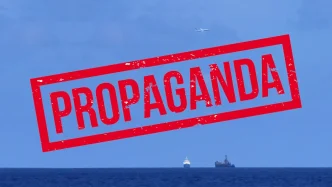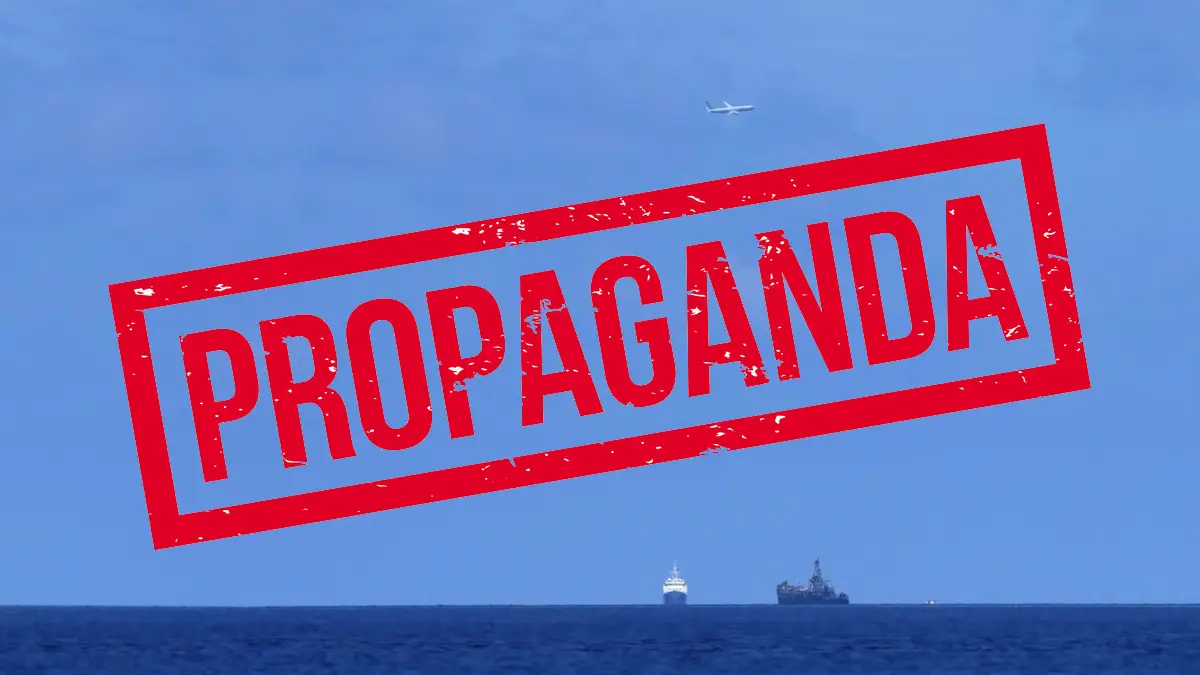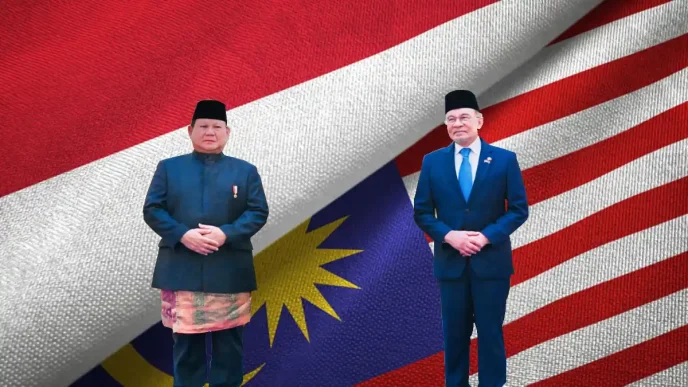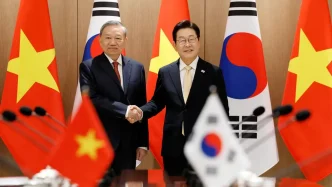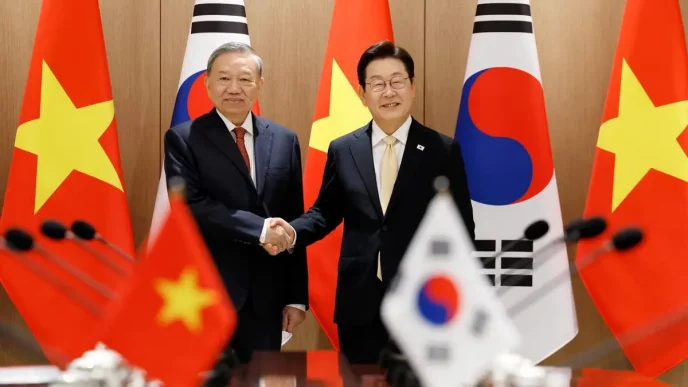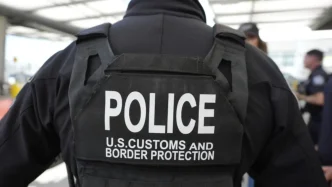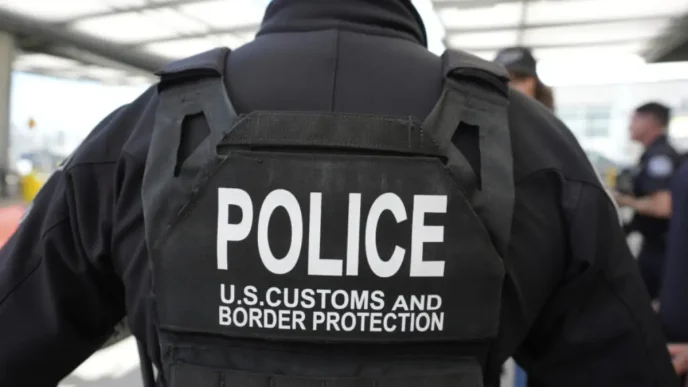Manila has issued a strong condemnation of a fabricated YouTube video that falsely depicts a naval confrontation between Philippine and Malaysian forces, raising concerns about disinformation and its potential to undermine regional stability. The 12-minute video, which appears to rely heavily on AI-generated footage, claims to show a standoff over disputed territories in Sabah and the South China Sea, areas long fraught with geopolitical tension.
The Armed Forces of the Philippines (AFP) swiftly moved to discredit the video, labeling it a deliberate attempt to sow discord. “This is entirely fabricated—no such incident occurred” the AFP stated on August 13, 2025. The military further warned that the video “intends to strain our 60-year diplomatic ties with Malaysia, erode public trust in the AFP, and provoke unnecessary tensions.”
A Threat to Regional Diplomacy
The timing of this disinformation campaign is particularly significant, as Malaysia currently chairs the Association of Southeast Asian Nations (ASEAN), with the Philippines set to assume the role in 2026. ASEAN, a regional bloc comprising ten member states, has been a critical platform for dialogue on contentious issues like the South China Sea disputes. The Philippines and Malaysia, alongside Brunei and Vietnam, are among the ASEAN nations with overlapping claims in the Spratly Islands, a resource-rich area in the South China Sea that China asserts almost in its entirety.
Negotiations for a Code of Conduct (CoC) in the South China Sea, which began in March 2018, remain a cornerstone of ASEAN’s efforts to manage tensions with China and among its own members. The emergence of such a fabricated video risks complicating these delicate discussions, potentially fueling mistrust at a time when unity is paramount. Analysts suggest that disinformation of this nature could be exploited by external actors seeking to destabilize ASEAN’s collective stance, though no evidence currently points to a specific perpetrator behind the video.
The Philippines and Malaysia have maintained a complex but generally cooperative relationship, despite historical disagreements over Sabah, a territory in northern Borneo claimed by Manila but administered by Kuala Lumpur. The two nations have often prioritized dialogue over confrontation, making the fabricated video a stark anomaly in their bilateral ties. The AFP’s prompt response underscores the urgency of countering such narratives before they gain traction among the public or within diplomatic circles.
The Rise of Digital Disinformation
The use of AI-generated content in the video highlights a growing challenge in the digital age: the weaponization of technology to spread false narratives. With tools capable of creating hyper-realistic footage becoming increasingly accessible, distinguishing fact from fiction is a mounting concern for governments and citizens alike. In Southeast Asia, where social media platforms like YouTube are widely used for news consumption, such content can spread rapidly, amplifying its potential to incite unrest or distort public perception.
The AFP’s statement reflects a broader recognition of the stakes involved. By accusing the video of attempting to erode public trust, the military acknowledges the risk of disinformation undermining state institutions. This incident is not isolated; similar tactics have been observed across the region, often targeting sensitive geopolitical issues. For instance, false reports and manipulated media have previously surfaced in relation to South China Sea disputes, though rarely with the sophistication of AI-generated visuals seen in this case.
Efforts to combat disinformation in the region are underway, with governments and tech platforms collaborating on measures like content moderation and public awareness campaigns. However, the pace of technological advancement often outstrips regulatory responses, leaving gaps that malicious actors can exploit. The Philippine government has yet to announce specific actions in response to this video, but its public denouncement signals a readiness to address the issue head-on.
South China Sea: A Persistent Flashpoint
The fabricated standoff depicted in the video ties directly into one of the region’s most enduring conflicts: the overlapping claims in the South China Sea. This maritime area, through which trillions of dollars in trade pass annually, is a vital economic lifeline for Southeast Asian nations. Yet, it remains a source of friction, with China’s expansive claims—often referred to as the Nine-Dash Line—clashing with those of ASEAN states like the Philippines, Malaysia, Vietnam, and Brunei.
The Spratly Islands, in particular, are a focal point of contention, with various claimants constructing outposts and deploying naval assets to assert control. The Philippines has faced repeated challenges in these waters, including standoffs with Chinese vessels near features like the Second Thomas Shoal. While tensions with Malaysia over maritime boundaries are less frequent, the historical dispute over Sabah adds a layer of complexity to their relationship, making fabricated incidents like the one in the video especially provocative.
ASEAN’s ongoing negotiations for a Code of Conduct aim to establish rules for behavior in the South China Sea, reducing the risk of escalation. Progress has been slow, however, hampered by disagreements over the scope of the agreement and China’s insistence on bilateral rather than multilateral resolutions with individual claimants. The Philippines, as a frontline state in these disputes, has often pushed for a binding and enforceable CoC, a position it is likely to champion further when it assumes ASEAN chairmanship next year.
The emergence of disinformation campaigns like the fake naval standoff video adds an additional hurdle to these efforts. If left unchecked, such narratives could inflame nationalist sentiments or pressure governments into adopting more hardline stances, undermining the spirit of compromise that underpins ASEAN’s approach. The timing—during Malaysia’s tenure as chair—also raises questions about whether the video was intended to exploit transitional periods in regional leadership.
Bilateral Ties Under Scrutiny
Despite the potential for discord, the Philippines and Malaysia have a history of navigating disputes through diplomatic channels. The two nations have engaged in joint initiatives on issues like counterterrorism and maritime security, reflecting a mutual interest in stability. The AFP’s emphasis on the 60-year diplomatic ties in its statement serves as a reminder of this shared history, signaling an intent to preserve goodwill rather than allow disinformation to dictate the narrative.
Public reactions in both countries will be critical in the coming days. Social media platforms, where the video likely first gained traction, are often amplifiers of both outrage and misinformation. While no verified data currently indicates widespread belief in the video’s authenticity, the risk of it influencing public opinion remains. Governments in the region have previously faced challenges in countering viral falsehoods, particularly when they tap into existing geopolitical sensitivities.
Malaysia has yet to issue an official response to the video, based on available information. However, given its role as ASEAN chair, Kuala Lumpur is likely to prioritize de-escalation and reinforce the importance of fact-based dialogue. The incident may also prompt renewed discussions within ASEAN about addressing disinformation as a collective security threat, particularly in the context of maritime disputes that affect multiple member states.
Looking Ahead: Challenges and Opportunities
As the Philippines prepares to take on the ASEAN chairmanship in 2026, incidents like this fabricated video underscore the multifaceted challenges it will face. Balancing national interests with regional unity, countering disinformation, and advancing progress on the South China Sea Code of Conduct will require deft diplomacy and robust public communication strategies. The stakes are high, not only for Manila and Kuala Lumpur but for the broader Southeast Asian community seeking stability in a contested geopolitical landscape.
For now, the AFP’s swift rebuttal of the video serves as a critical first step in containing its impact. Yet, the incident is a stark reminder of the vulnerabilities created by digital disinformation, particularly in a region where historical grievances and territorial disputes provide fertile ground for manipulation. As technology continues to evolve, so too must the mechanisms for safeguarding trust and cooperation among nations.
Whether this episode will prompt stronger regional frameworks to combat disinformation remains to be seen. What is clear, however, is that the Philippines and its neighbors must remain vigilant, ensuring that fabricated narratives do not derail decades of diplomatic progress in Southeast Asia.
